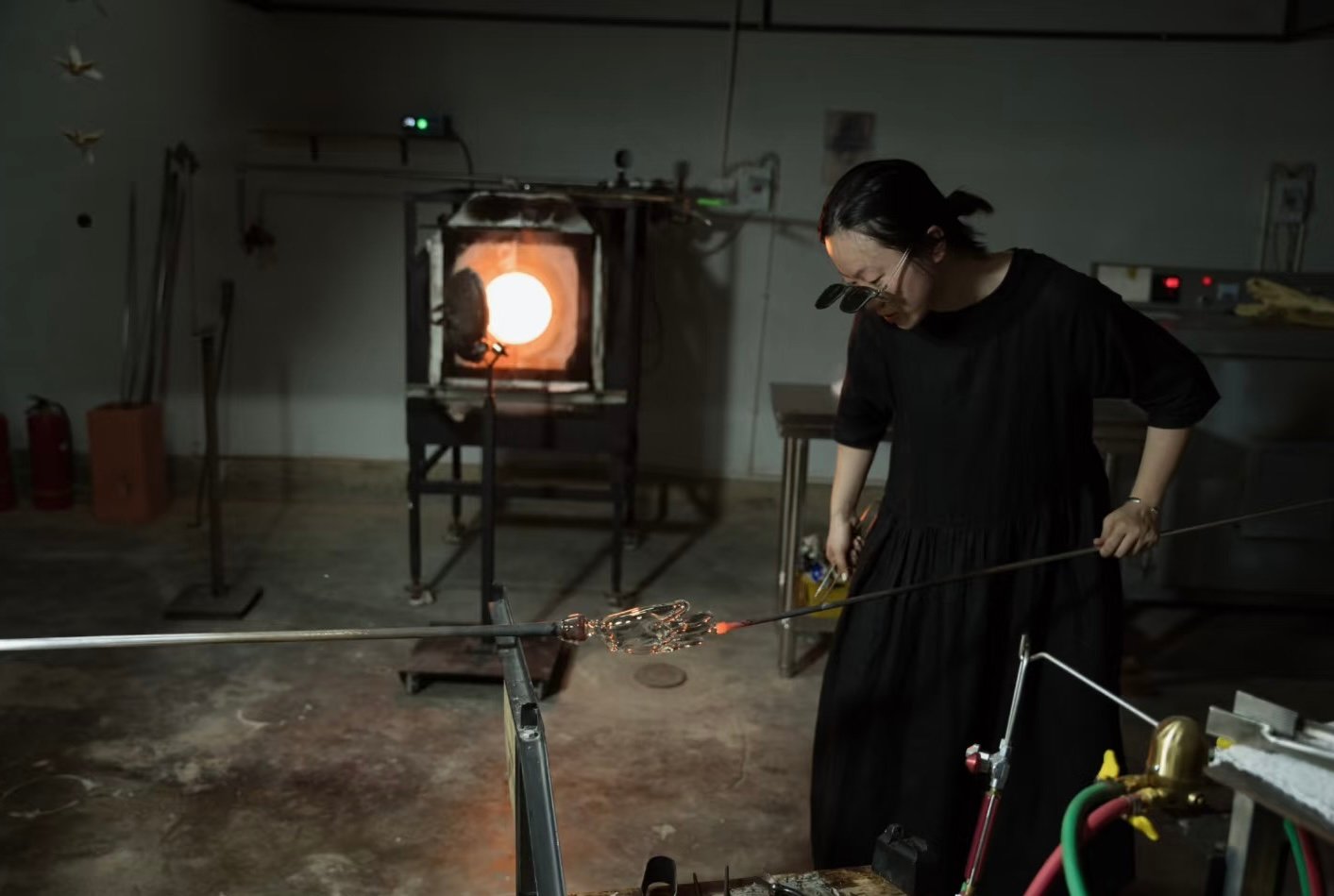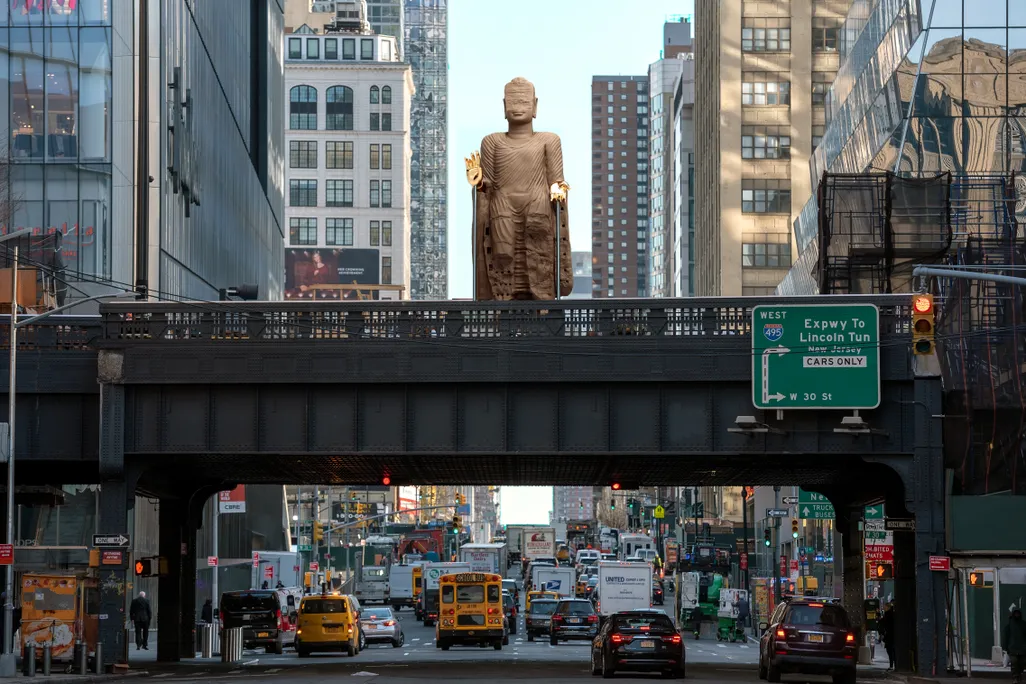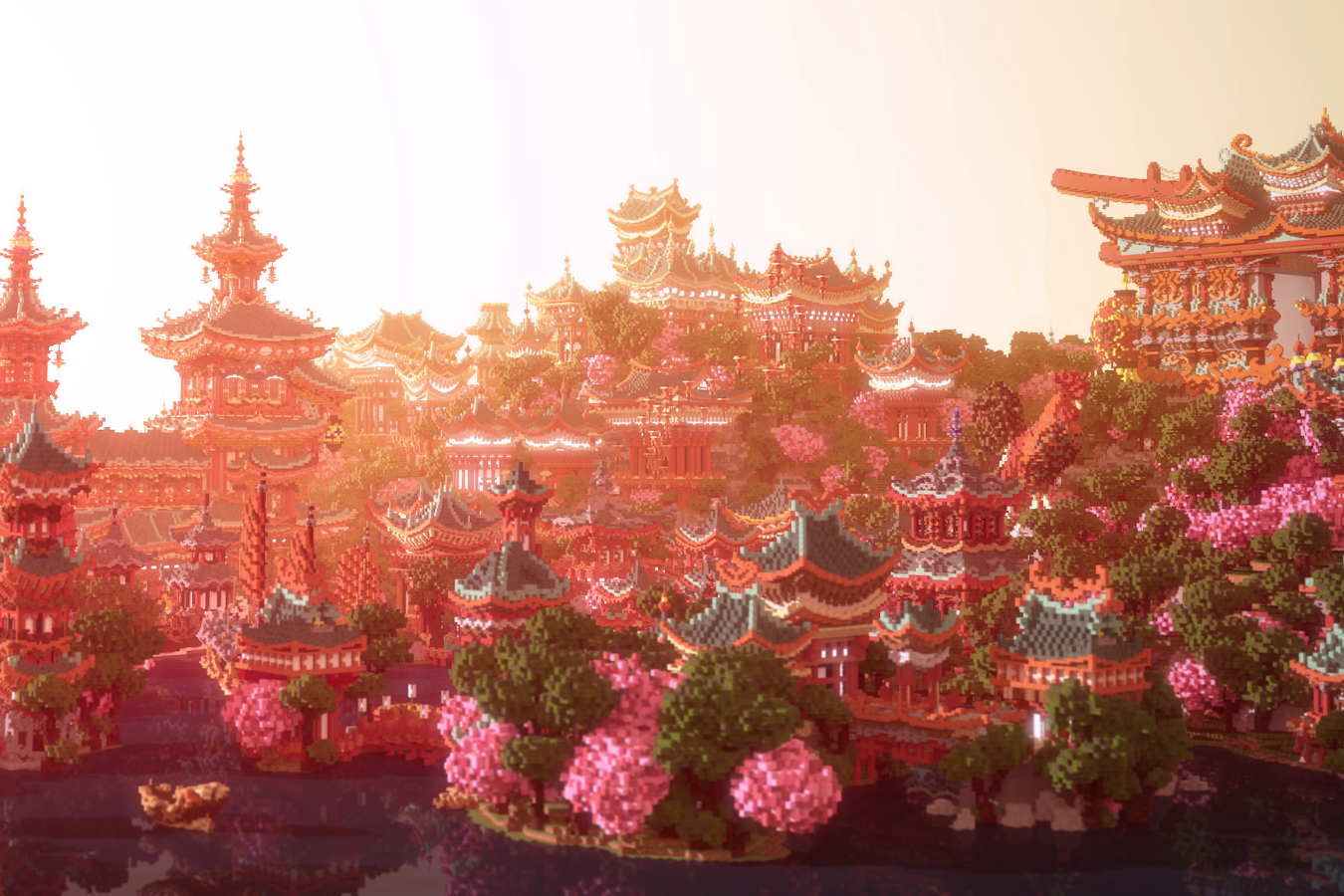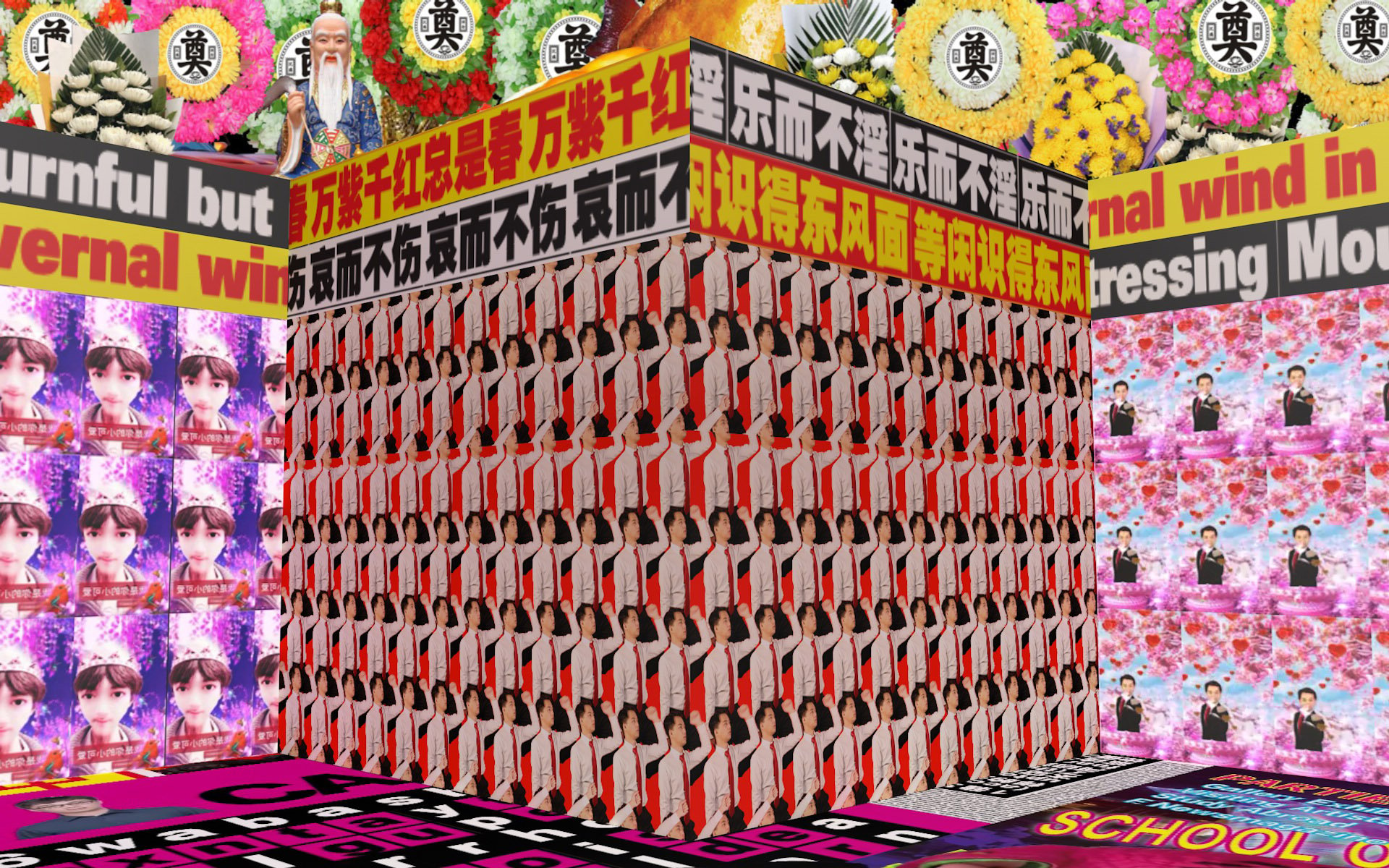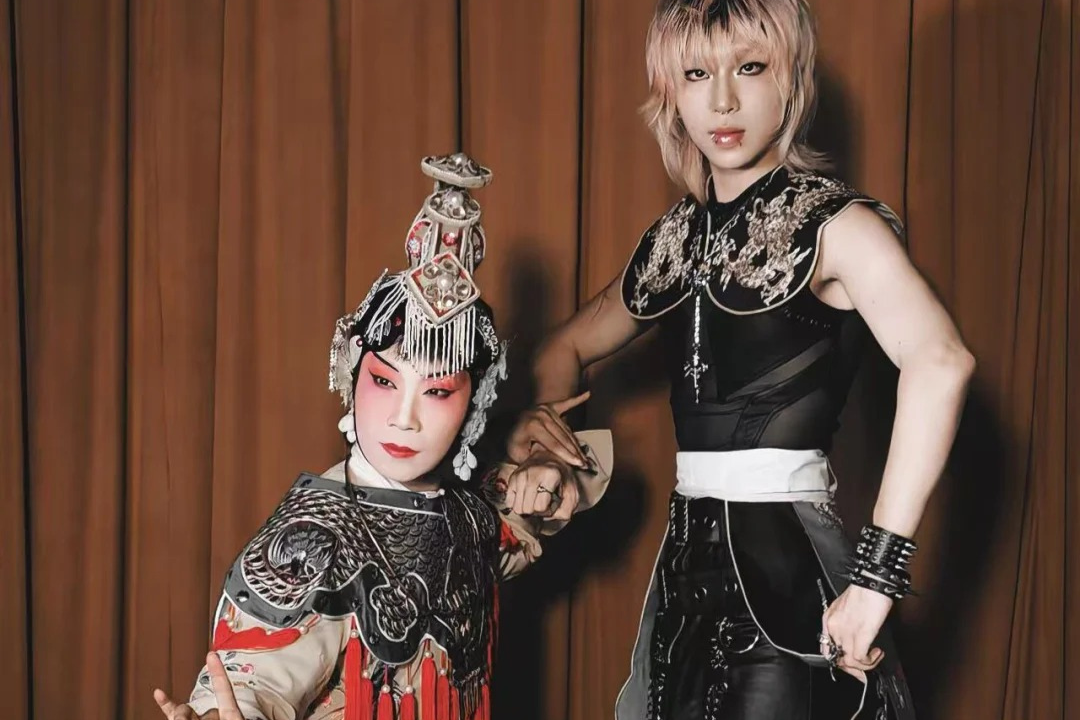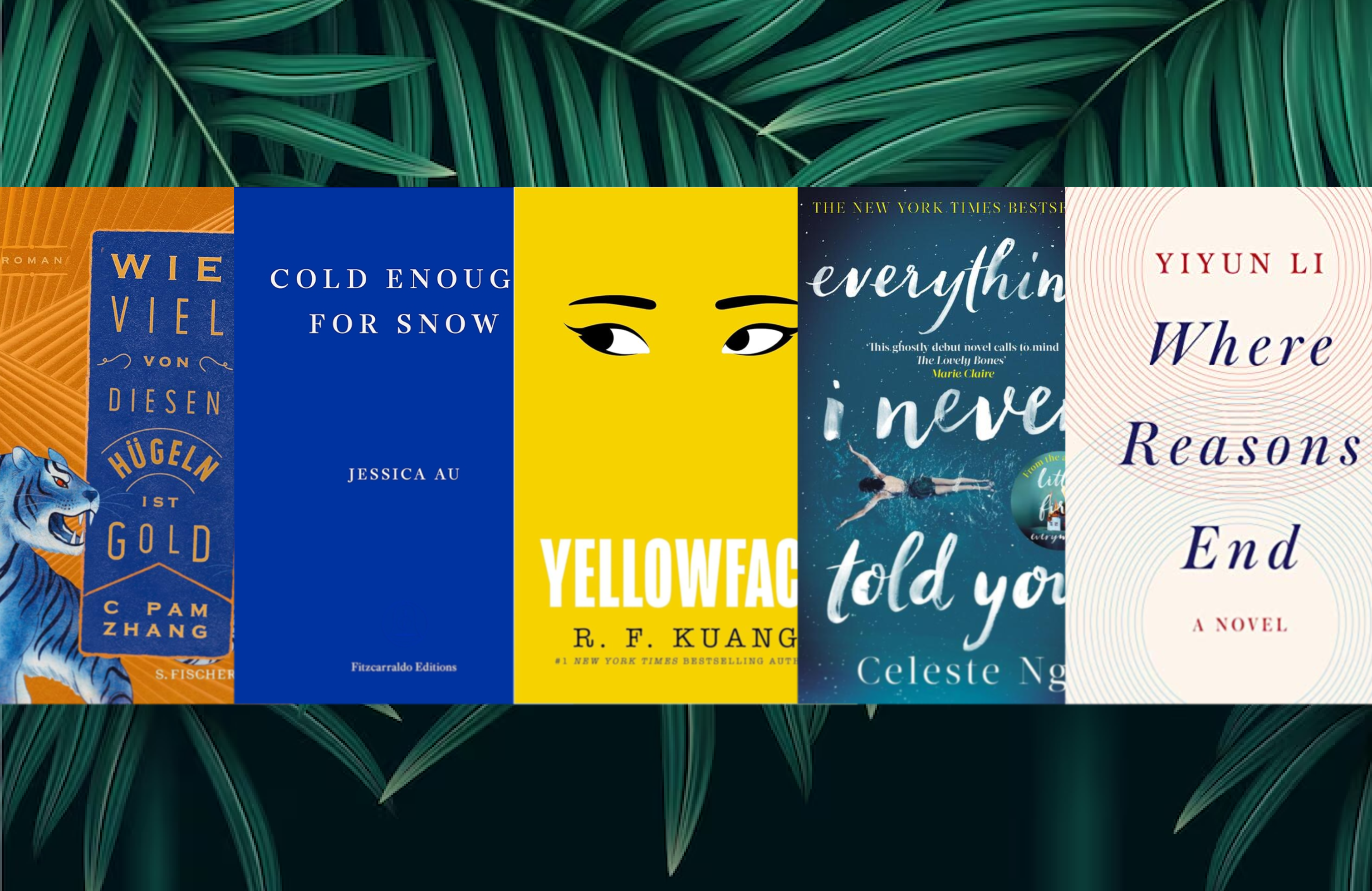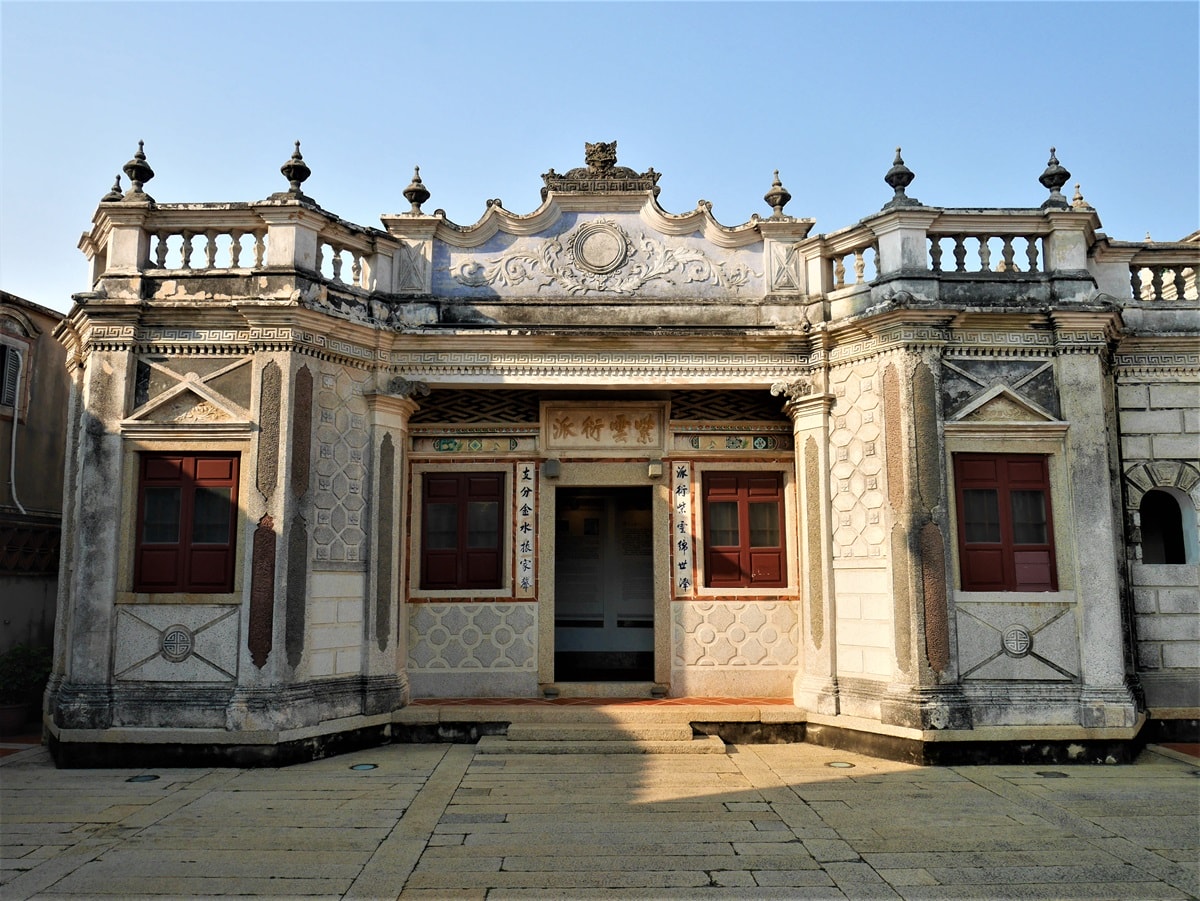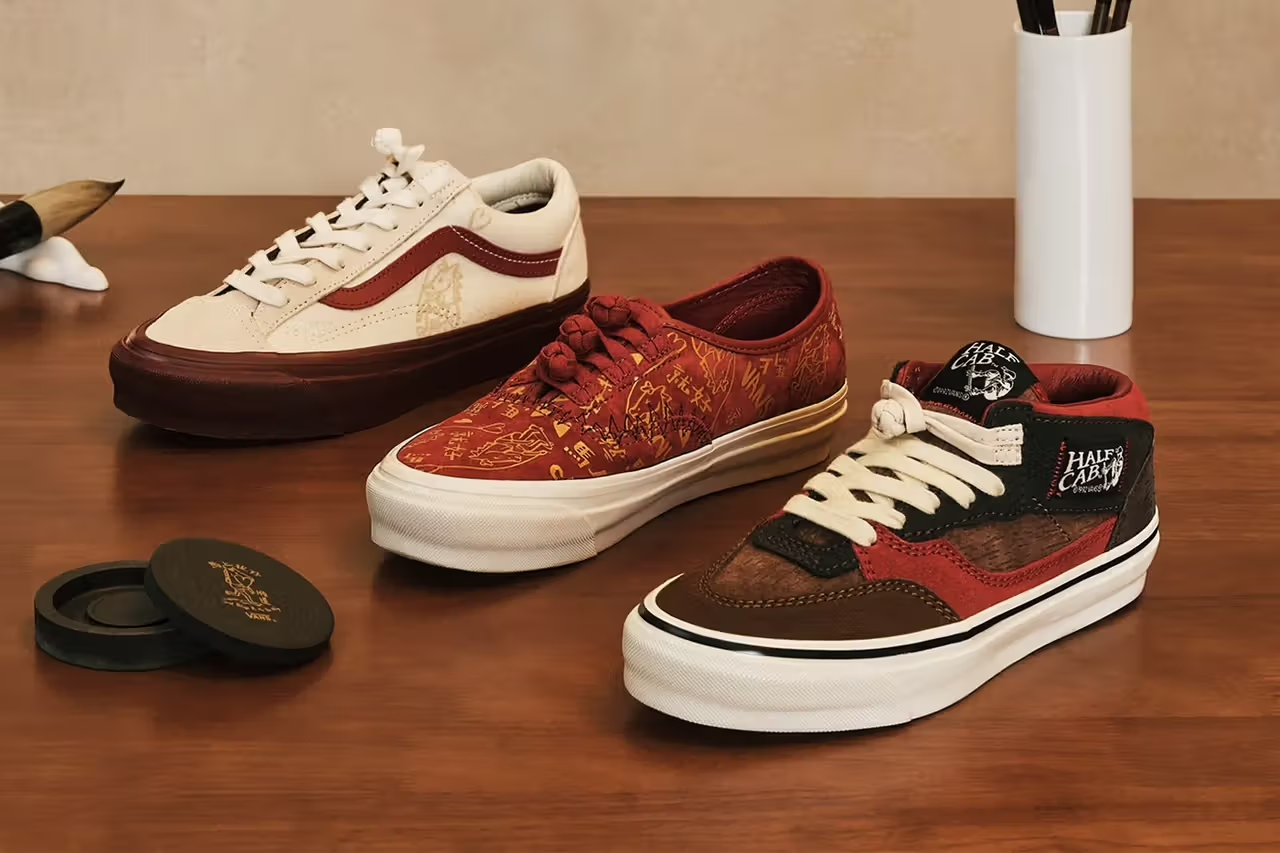When Chinyurin first decided to establish her glass studio in Jingdezhen, the challenges seemed insurmountable. As a graduate of Tama Art University’s prestigious Craft Arts program in Tokyo, she had mastered traditional techniques but now faced the reality of China’s underdeveloped glass art infrastructure. Her studio space is located in 740 Factory, an artist village created from a 1940s-era former munitions factory, and stood in stark contrast to Jingdezhen’s ancient porcelain kilns—a symbolic beginning for what would become one of China’s emerging glass art spaces.
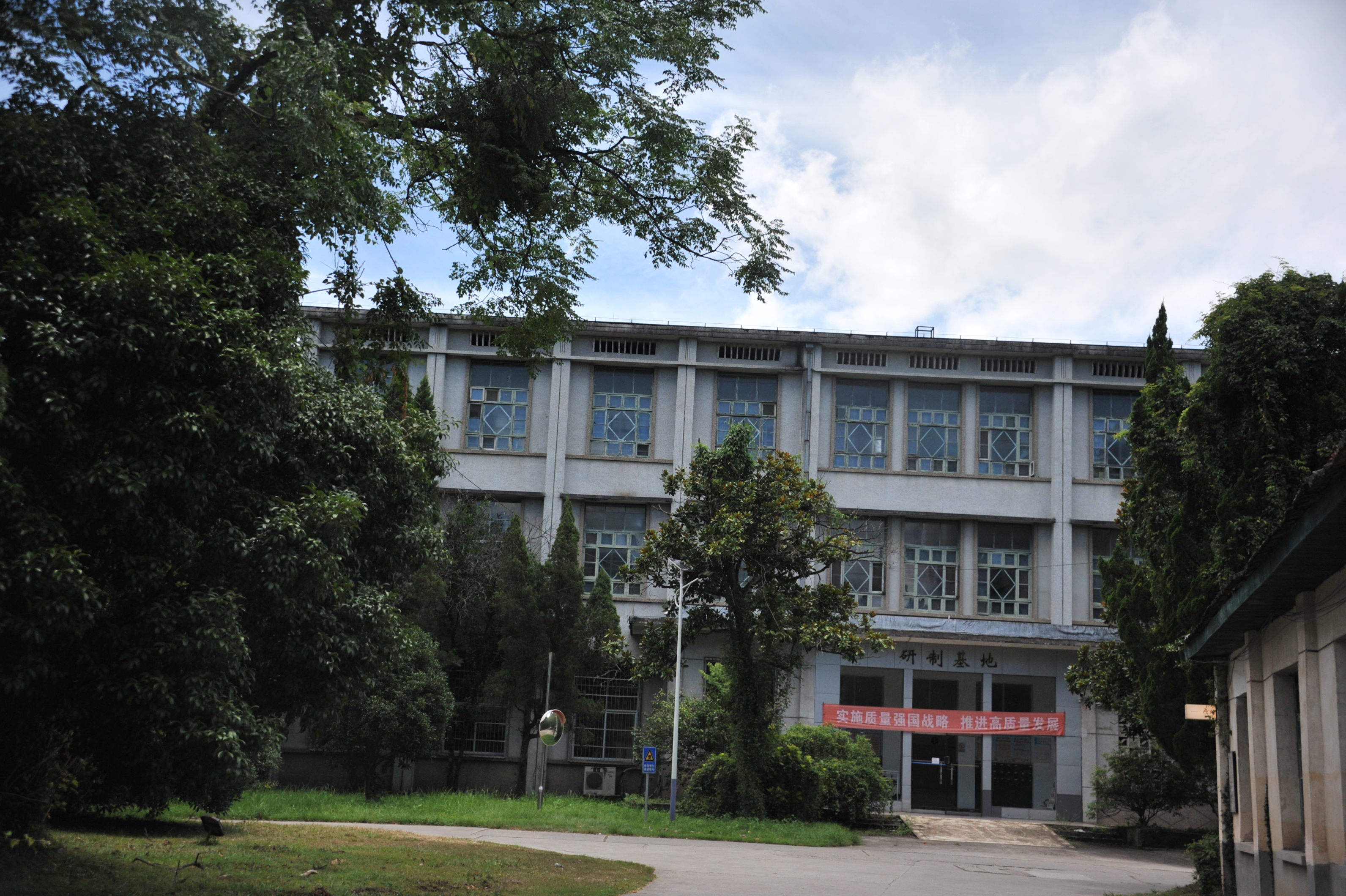
The path to becoming a glass artist began with a fateful choice during her studies. Presented with three specialization tracks—glass, porcelain, and metalwork—Chinyurin found herself irresistibly drawn to glass mainly because it was unfamiliar to her. “I’d never really seen a lot with the material of glass before,” she tells RADII. This curiosity developed into expertise across multiple disciplines, including glassblowing, lampworking, stained glass, and the experimental possibilities of casting. Among all the techniques, Chinyurin cannot stop expressing her obsession with glassblowing in particular, which requires the highest skill in mastery while also being inevitably unique in every piece.
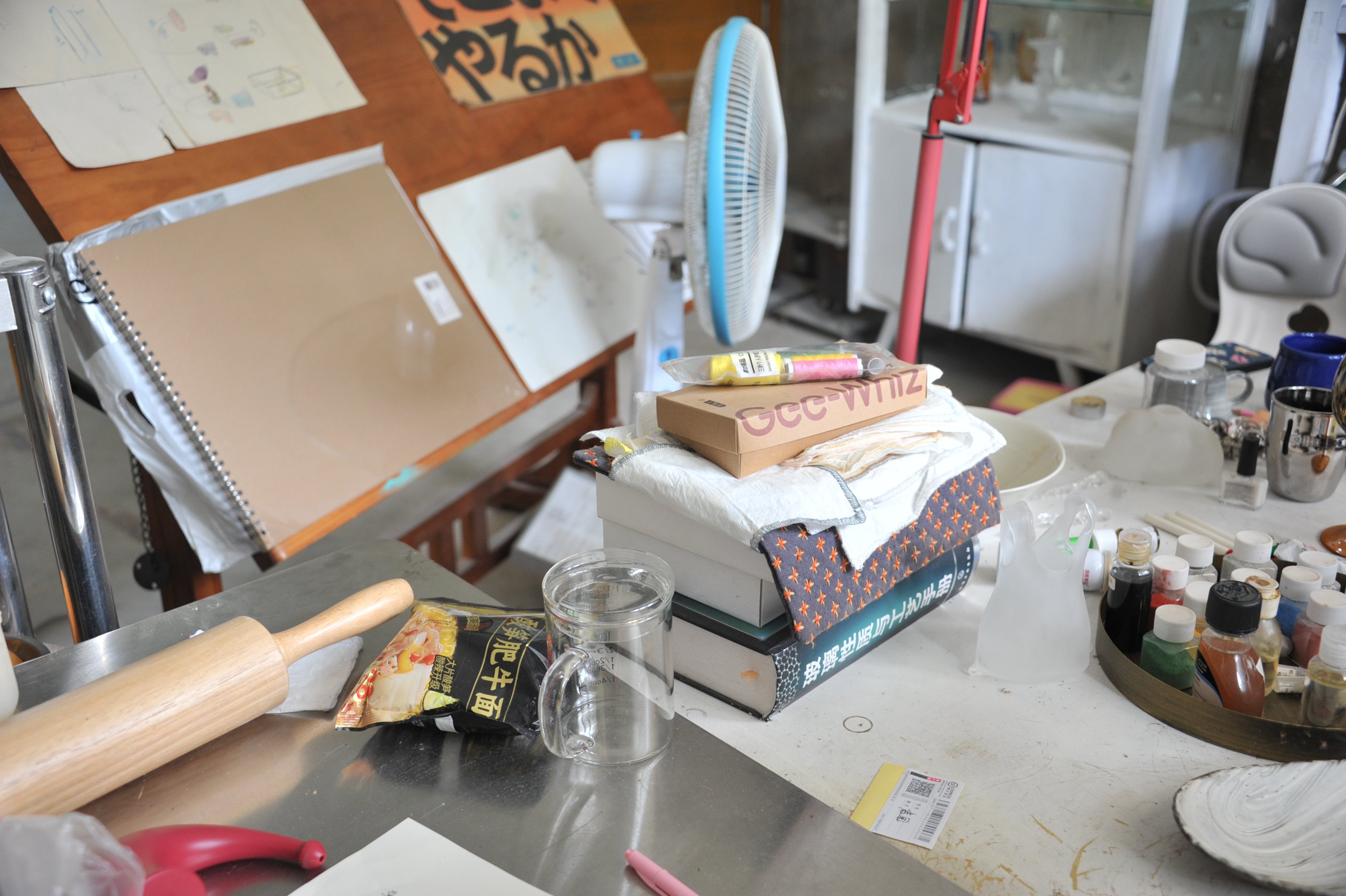
While crafting with glass is challenging, operating a glass studio itself in Jingdezhen requires constant improvisation. The lack of specialized equipment meant Chinyurin had to fly back to Japan to consult her former professor, Takahashi, before her boyfriend, Lao Wang, could design and build a customized kiln that met her exact standards. Even daily work presents further challenges. During Jingdezhen’s sweltering summers, when temperatures regularly hit 40 degrees Celsius, the studio’s lack of air conditioning makes the already intense glassworking process nearly unbearable. Resourcefulness becomes second nature: self-fastened ventilation systems in the building; a simple fruit knife serves as a smoothing tool; and high-quality pigments must be imported from Europe and Japan because local alternatives fail to meet her standards for artistic expression and safety concerns.
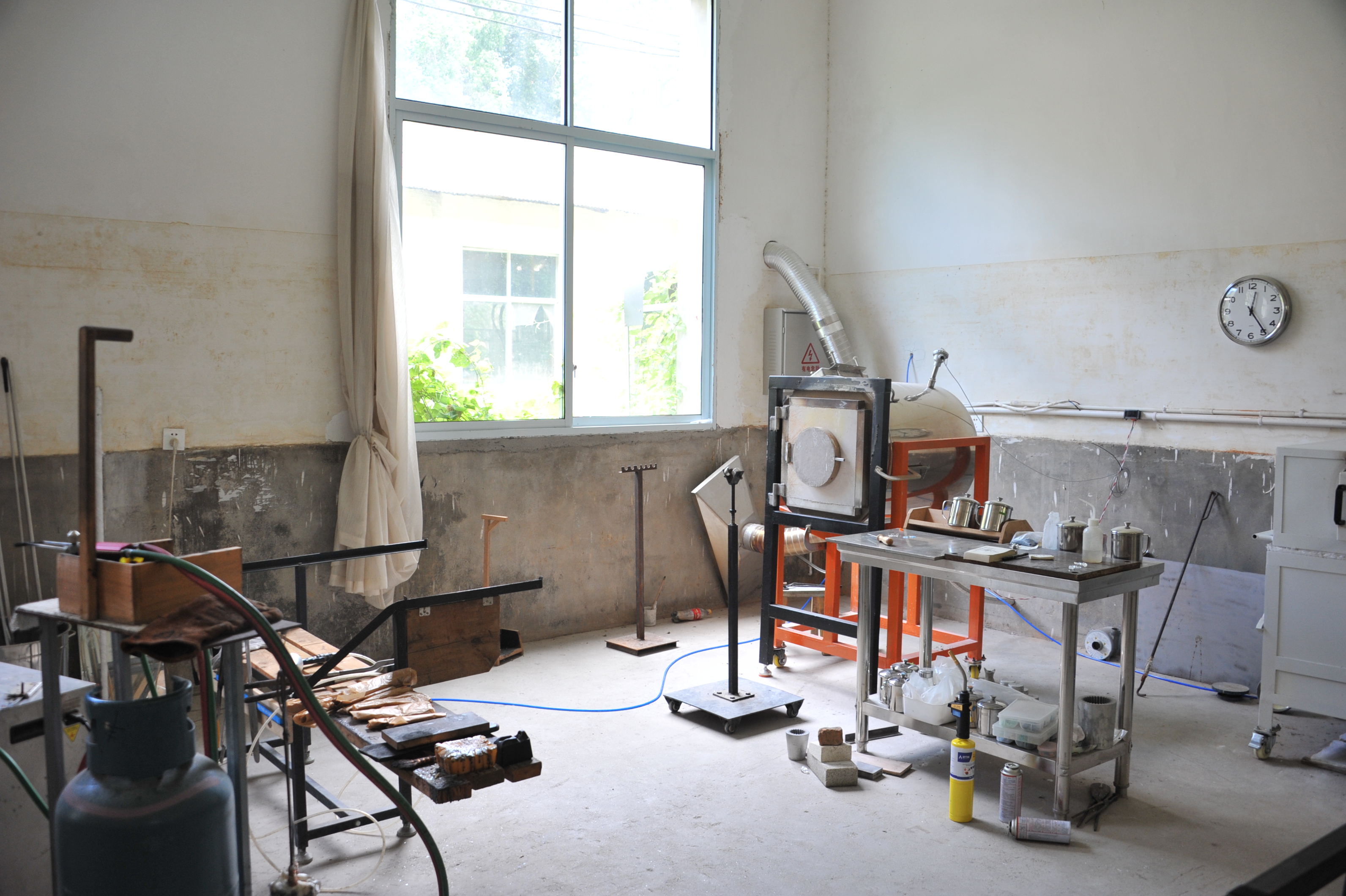
What makes Chinyurin’s story remarkable isn’t just her perseverance, but the creative community she’s participated in and helped to foster. The 740 Factory District has become a gathering point for young Chinese artists drawn to Jingdezhen’s craft traditions while pushing boundaries in contemporary art and design. Every week, the artists host interesting gatherings and open exhibitions to the public to let more people know about what they’re crafting. Her collaborations with luxury fragrance brand Guan Xia and avant-garde design space Unforma have produced groundbreaking installations that blend glass art with sensory experiences. The 2021 group exhibition at Shanghai’s Museum of Glass showcased how Chinyurin and her five other peers in glass art are redefining Chinese glass art for a new generation. Nowadays, they still chat quite often, sharing their bittersweetness in establishing a more mature glass art system in China together.
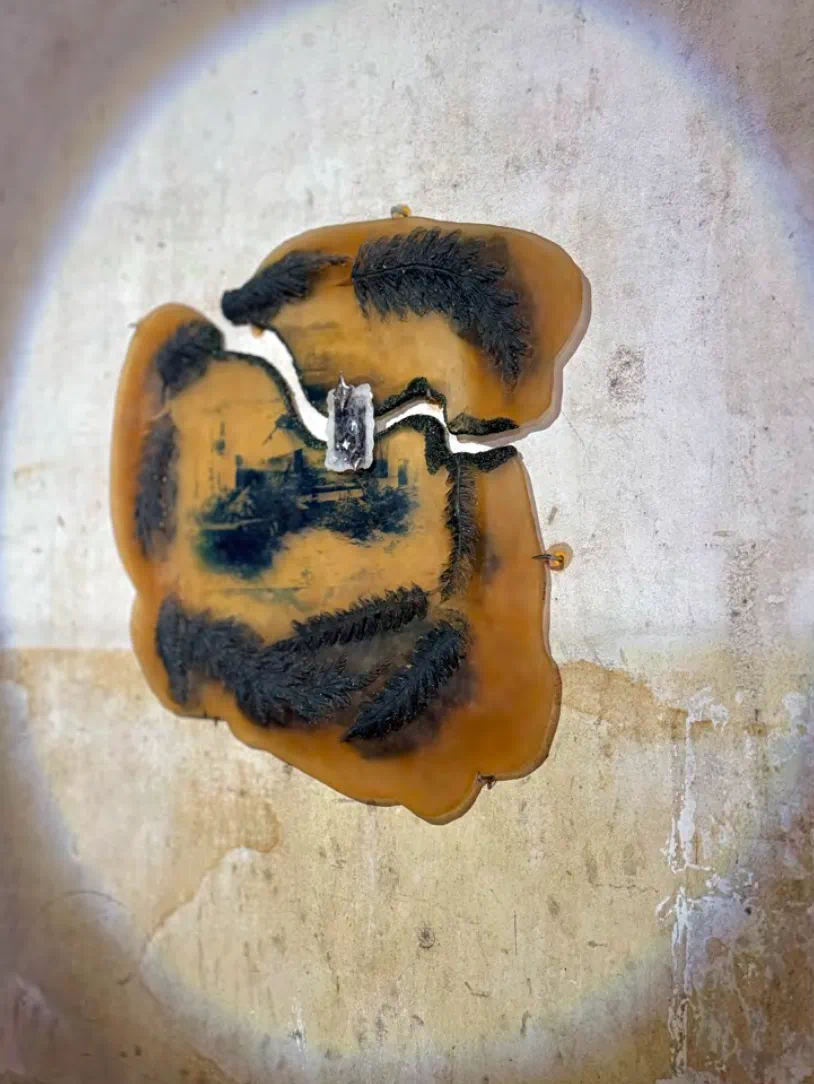
Her artistic practice often draws from deeply personal experiences transformed into universal statements. The poignant exhibition “壁虎断尾与被困在老城区的人 (Lizard’s Tail and the People Trapped in Old Cities)” uses cyanotype prints, plaster casts, and delicate lampworked glass elements to preserve disappearing urban memories in her hometown of Changde, Hunan. In “Shao Hua’s Prayer,” she recreates her grandmother’s incense rituals using ice. It’s a haunting meditation on tradition and impermanence, where the “incense” can never produce smoke, rendering the prayers eternally suspended between earth and heaven.
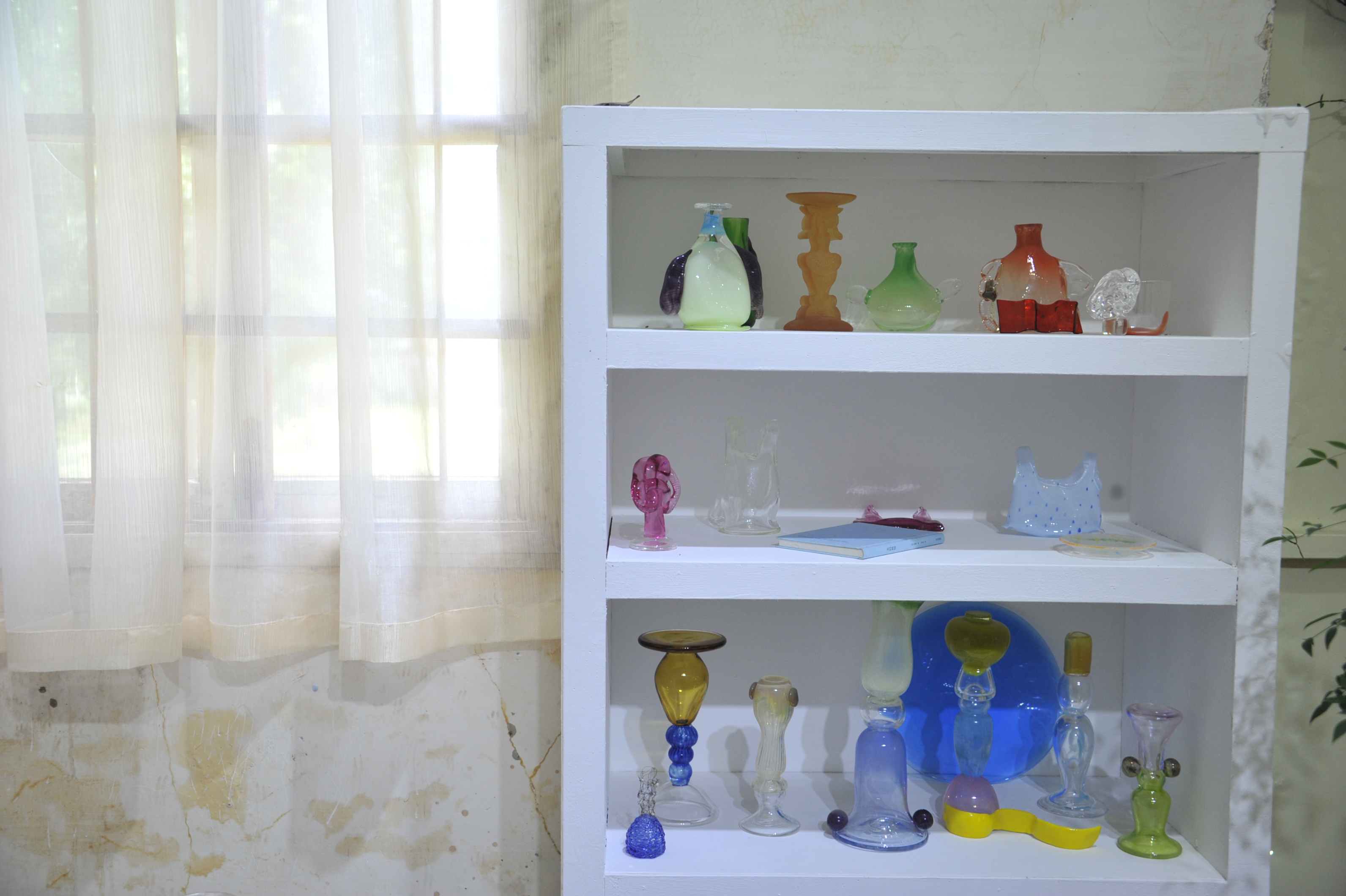
Chinyurin’s approach embodies what it means to be an artist against the odds. “I create commercial pieces to fund my artistic work,” she explains. “Real change requires institutional power. I do what I can do in art.” Chinyurin is humble. But what’s obvious is her art’s power in its stubborn existence — from working in impossible heat with inadequate tools while still insisting on her craftswomanship, to refusing to compromise while also finding a balance between commerce and the arts. In her studio surrounded by Jingdezhen’s porcelain heritage, this glass artist forges something entirely new while honoring the craftsmanship of centuries past.
Cover Image via Xiaohongshu.

